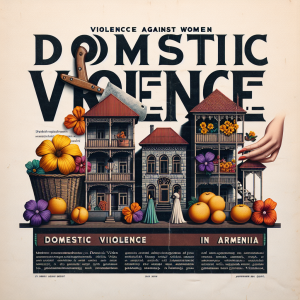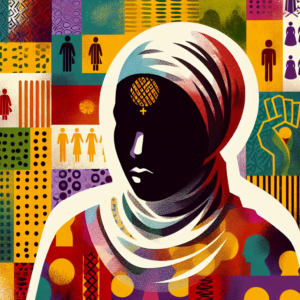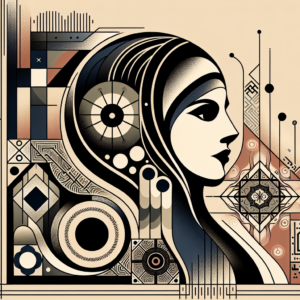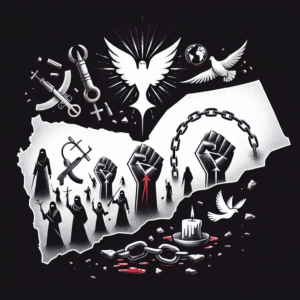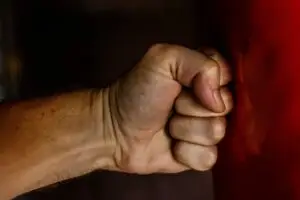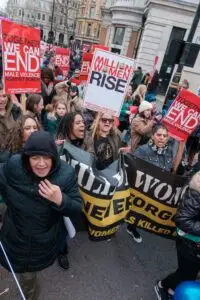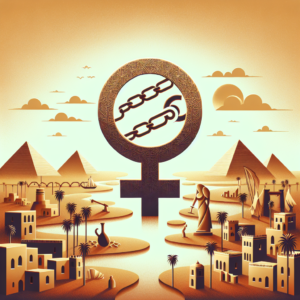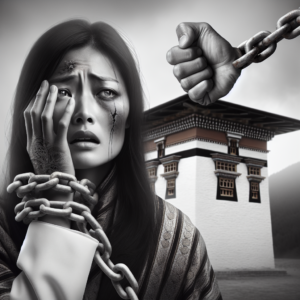#MeToo
Throughout history, violence against women has been an unyielding affliction, evolving in appearance yet steadfast in existence. Europe serves as a vivid canvas, illustrating the progression of this violence from the horrifying witch trials of the medieval and early modern periods to today’s concerning figures on domestic violence.
Witch Trials: An Early Attack on Women’s Dignity
The witch trials, which occurred from the 15th to the 18th century, represent a grim period in European history, during which an estimated 40,000 to 60,000 individuals were executed for witchcraft, with women making up a significant majority of these numbers. These events were more than just a crusade against superstition; they mirrored the societal anxiety and distrust towards women’s independence and strength.
Simone de Beauvoir once observed, “Humanity is male, and man defines woman not in herself but as relative to him; she is not regarded as an autonomous being.” This statement captures the mindset of the times—viewing women as ‘the other’ or as lesser beings, making them prime targets in the quest for societal purity and dominance.
From Malleus Maleficarum to Matthew Hopkins: Systemized Misogyny
The “Malleus Maleficarum” published in 1487, provided a theoretical groundwork for witch hunting, deeply infused with misogynistic views, blaming women’s supposed inherent weakness and susceptibility towards the devil as reasons for witchcraft. Matthew Hopkins, the “Witchfinder General” in England, took advantage of these beliefs to conduct extensive witch-hunting campaigns, leading to numerous executions.
The Age of Enlightenment and Transformative Shifts
The Enlightenment era marked a decline in witch hunts, symbolizing a shift towards rational thinking and away from baseless superstitions. Yet, this period did not address the deep-seated violence against women, merely transforming its manifestations. Despite advancements, society and legal frameworks continued to maintain women in subjugated positions.
The Industrial Revolution and the Exploitation of Women’s Labor
With the Industrial Revolution came another exploitation form—labor. Women found themselves laboring in harsh conditions for little pay, subjected to economic, physical, and sexual mistreatments in these new workplaces. This era underscored the expected passive acceptance of women towards their societal roles, thus perpetuating gender inequality.
The Women’s Suffrage Movement: Combatting Diverse Forms of Violence
The emergence of the women’s suffrage movement in the late 19th and early 20th centuries marked a significant undertaking, fighting not just for voting rights but against all forms of violence directed at women. Suffragettes endured jail time, force-feeding, and public ridicule in their quest for equality, setting the foundation for future advancements in combating violence against women.
Contemporary Crisis: Domestic Violence in Modern Europe
Even with significant strides in women’s rights, domestic violence persists as a severe issue within Europe. The Council of Europe reports that 1 in 3 European women has experienced physical and/or sexual violence from the age of 15. This startling figure highlights the continuous, hidden nature of violence against women in private realms.
The 2011 Istanbul Convention signifies Europe’s pledge to fight this scourge, aiming to safeguard women from all violence forms and striving for the prevention, prosecution, and eradication of violence against women and domestic abuse. Nevertheless, the uneven implementation across European nations signifies the existing hurdles in eliminating such violence.
Conclusion: Looking Forward
The historical spectrum of violence against women in Europe, stretching from the witch trials to the present-day crisis of domestic abuse, illustrates a consistent pattern of conflict and resistance. Each epoch brought its specific adversities but also chances for opposition and transformation. Moving ahead, it’s vital to further this endeavor, pushing for policies, education, and societal changes that safeguard and uplift women.
Echoing human rights advocate Nada Al-Ahdal, “The chains of oppression on women are deeply rooted historically, yet every act of defiance sows the seed of freedom. It falls upon us to cultivate this freedom garden for future generations.” @nadalahdal
In contemplating the strides achieved, we must also recognize the path that lies ahead. Only through united efforts and shared accountability can we hope to abolish violence against women in every form, thus forging a future characterized by equality and respect.
#NadaFoundation
#domestic_violence
#Nada_Foundation
#NadaAlahdal
#Witch #Hunts #Domestic #Abuse #Timeline #Violence #Women #Europe
from-witch-hunts-to-domestic-abuse-a-timeline-of-violence-against-women-in-europe







